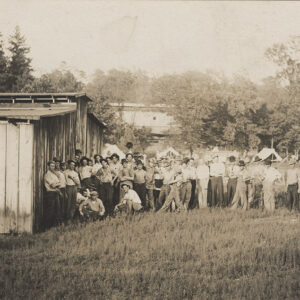 Horatio Peach Harvesters
Horatio Peach Harvesters
Entry Category: Industries
 Horatio Peach Harvesters
Horatio Peach Harvesters
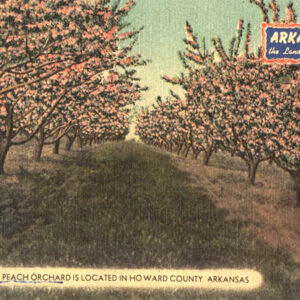 Howard County Peaches
Howard County Peaches
Hydroelectricity
Industrial Sand Mining
 Ineos Composites
Ineos Composites
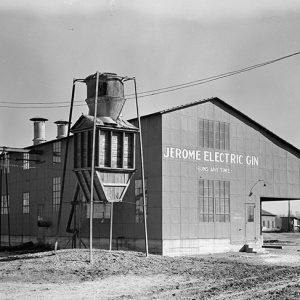 Jerome Cotton Gin
Jerome Cotton Gin
 Jerome Cotton Gin
Jerome Cotton Gin
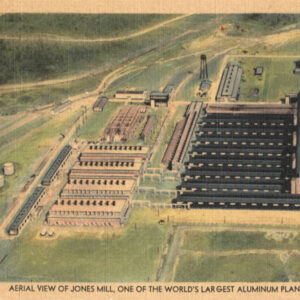 Jones Mill Plant
Jones Mill Plant
 Kraft Paper Plant
Kraft Paper Plant
Lead and Zinc Mining
Levi Wilcoxon Demonstration Forest
 Lion Oil Building
Lion Oil Building
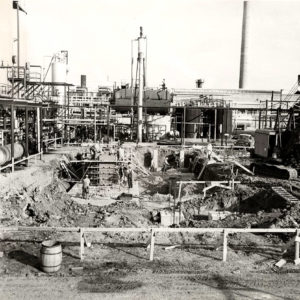 Lion Oil Construction
Lion Oil Construction
Little Rock Picric Acid Plant
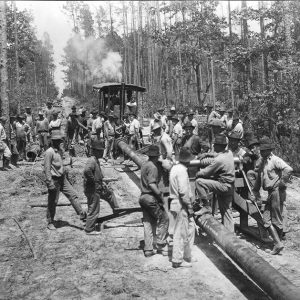 Louann Pipeline
Louann Pipeline
 Lumber Industry
Lumber Industry
 Magnolia Oil Field Mural
Magnolia Oil Field Mural
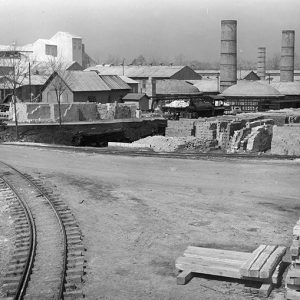 Malvern Brick and Tile
Malvern Brick and Tile
Manganese Mining
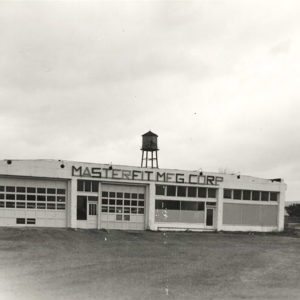 Masterfit
Masterfit
Mercury Mining
aka: Cinnabar Mining
 Miner Memorial
Miner Memorial
Mining
 Minnow Brochure
Minnow Brochure
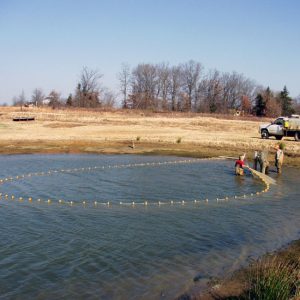 Minnow Harvest
Minnow Harvest
 Minnows
Minnows
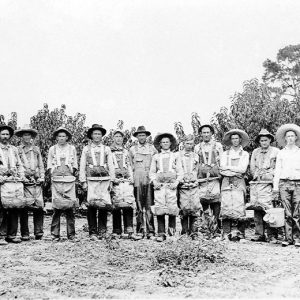 Nashville Peach Pickers
Nashville Peach Pickers
Natural Gas
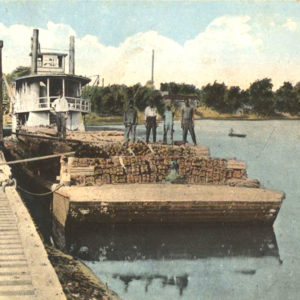 Newport Staves
Newport Staves
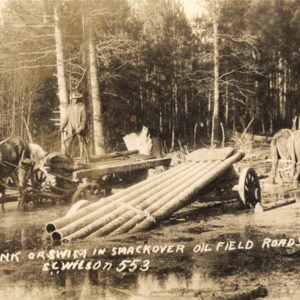 Oil Field Workers
Oil Field Workers
Oil Industry
 Oil Production in El Dorado
Oil Production in El Dorado
 Oil Storage
Oil Storage
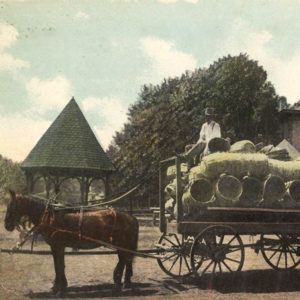 Peach Baskets
Peach Baskets
Peach Industry
Pearl Rush
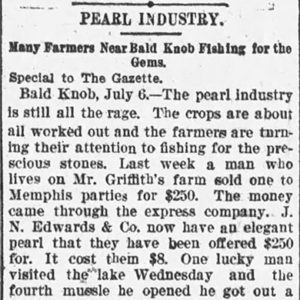 Pearling Article
Pearling Article
Poultry Industry
Quartz Mining
 Railroad at Guion Sand Mine
Railroad at Guion Sand Mine
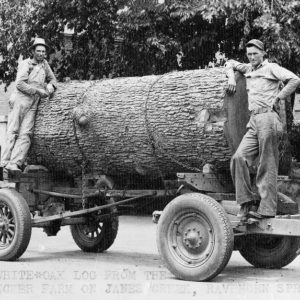 Ravenden Springs Logging
Ravenden Springs Logging
Rice Industry
 Riceland Storage
Riceland Storage
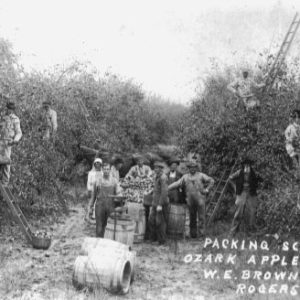 Rogers Apple Pickers
Rogers Apple Pickers
Saltpeter Mining
Sand and Gravel Mining
aka: Gravel and Sand Mining
Silver Mining
 Smackover Field
Smackover Field
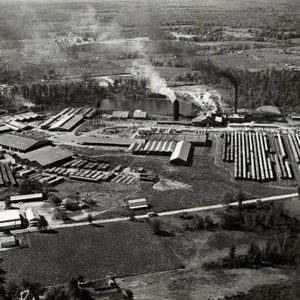 Southern Lumber Company
Southern Lumber Company
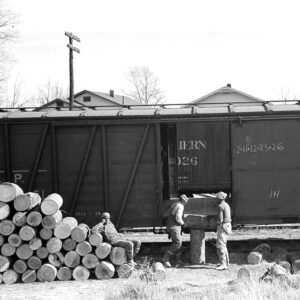 Stave Logs
Stave Logs




